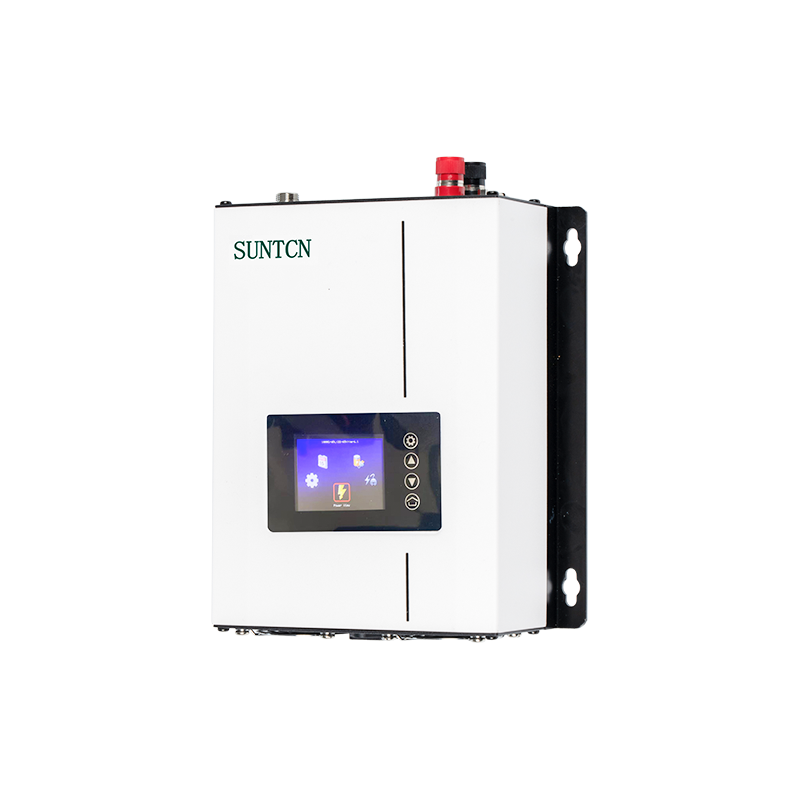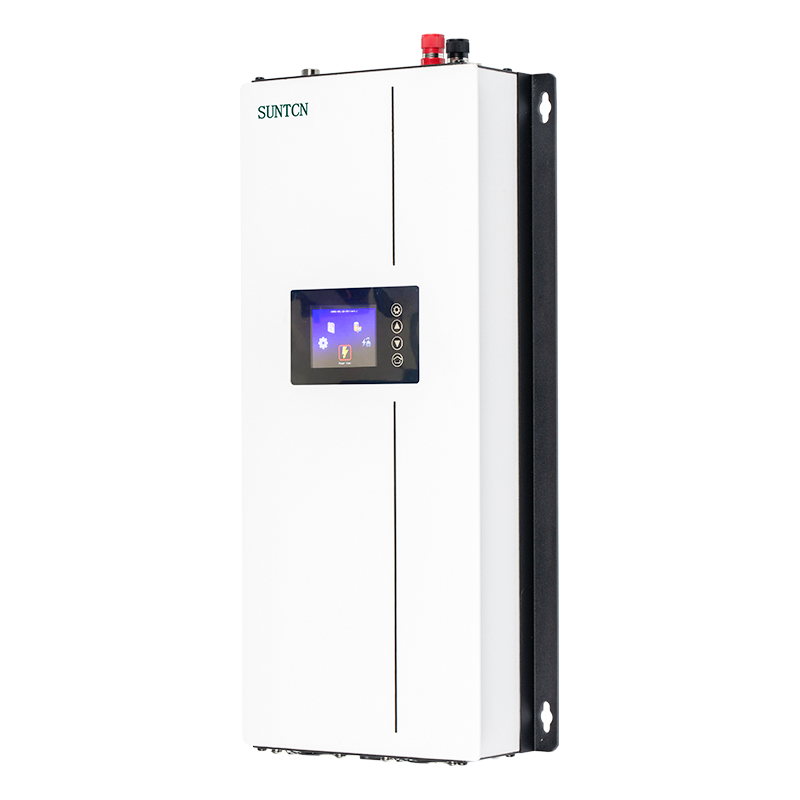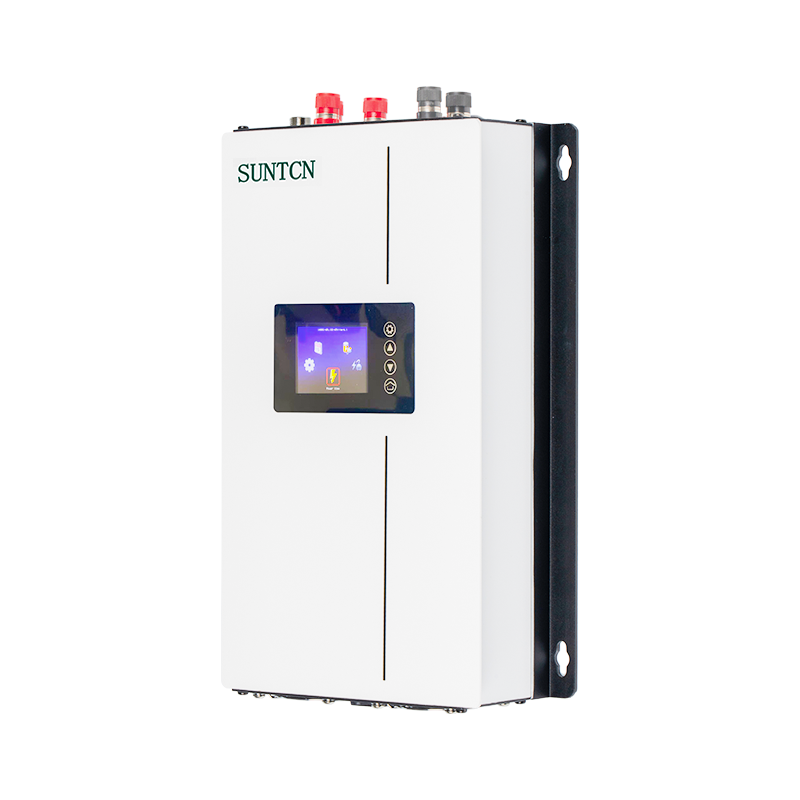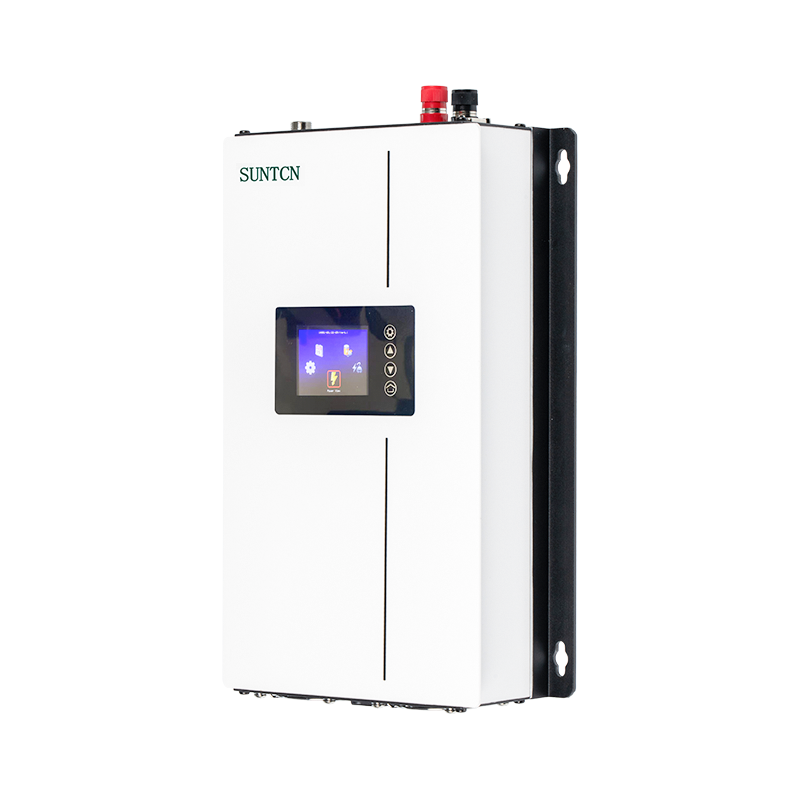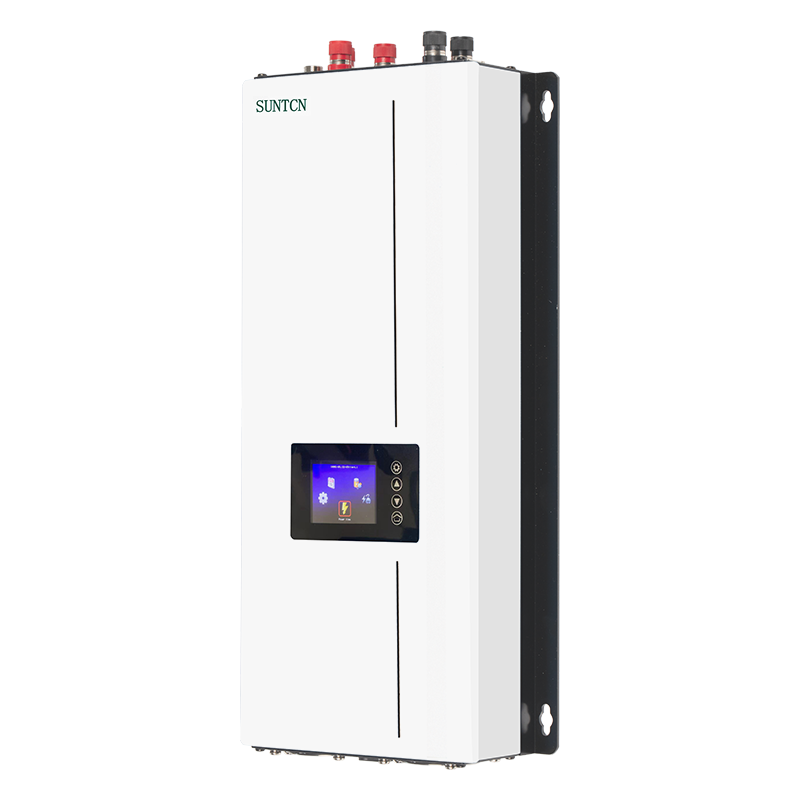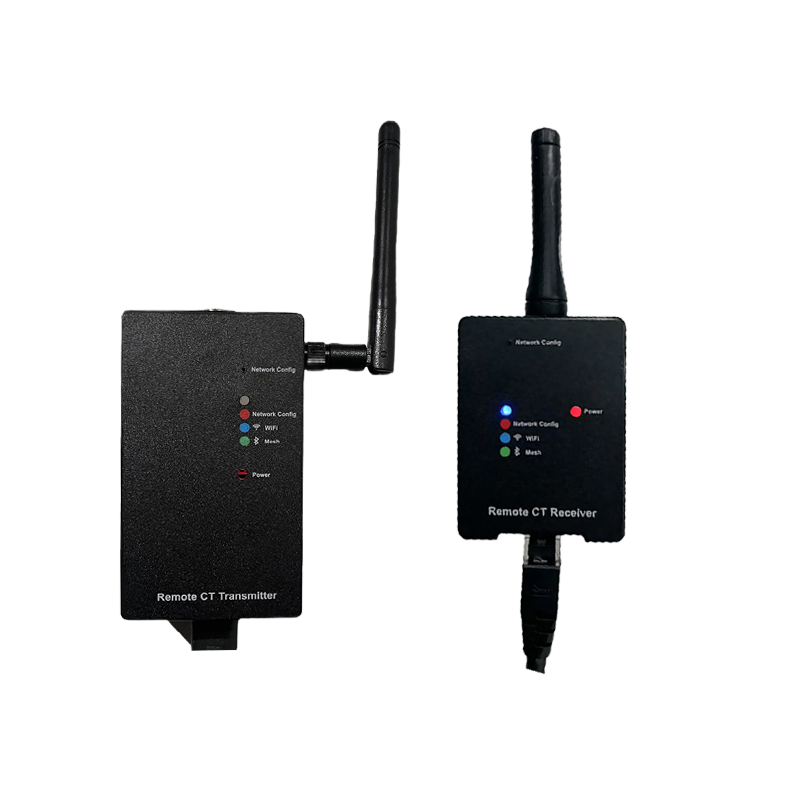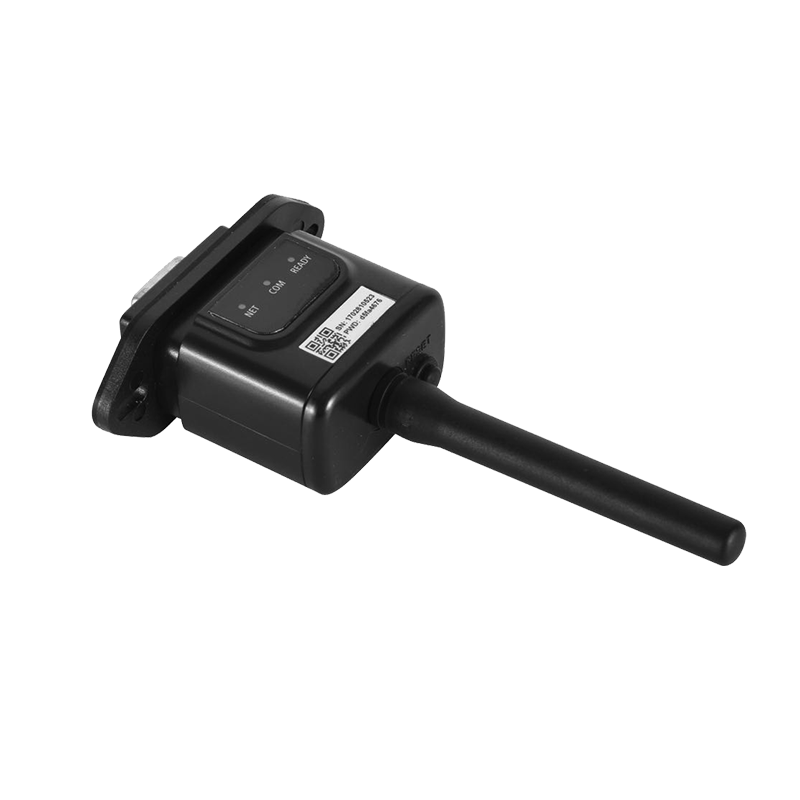Grid-tie inverters are generally designed to be compatible with a wide range of solar panels from different manufacturers. However, compatibility can depend on several factors that should be considered:
Grid-tie inverters have specific input voltage and power rating requirements. It's essential to match these specifications with the solar panels to ensure proper operation and efficiency.
Some grid-tie inverters may be optimized for certain types of solar panel technologies, such as monocrystalline or polycrystalline silicon panels, thin-film panels, or newer technologies like bifacial panels. Ensure that the inverter supports the type of panels being used.
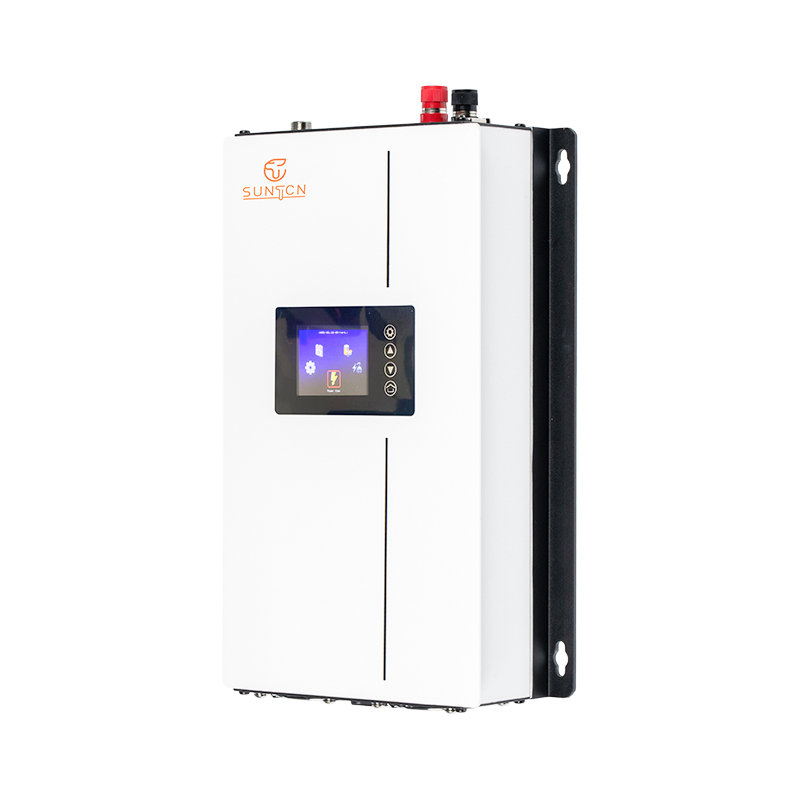
For string inverters, the number and configuration of solar panels connected in a series (string) can affect compatibility. Manufacturers often provide guidelines or compatibility charts specifying the acceptable configurations.
If the system includes monitoring or optimization features, ensure that the grid-tie inverter supports the communication protocols used by the solar panels or other system components for data exchange.
Inverters and solar panels must comply with local regulations and standards. Check whether the inverters and panels carry certifications that ensure compatibility and safety in your region.
While grid-tie inverters are generally compatible with various brands of solar panels, manufacturers may provide recommendations or compatibility lists based on their testing and validation processes.
Before purchasing or installing a grid-tie inverter, it's advisable to consult with a qualified solar installer or supplier who can provide guidance based on your specific system requirements and the characteristics of the solar panels you plan to use. This helps ensure optimal performance, efficiency, and compatibility within your solar PV system.

 English
English Español
Español Deutsch
Deutsch